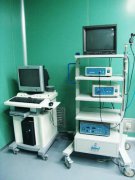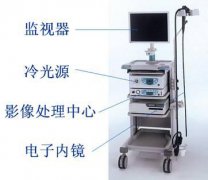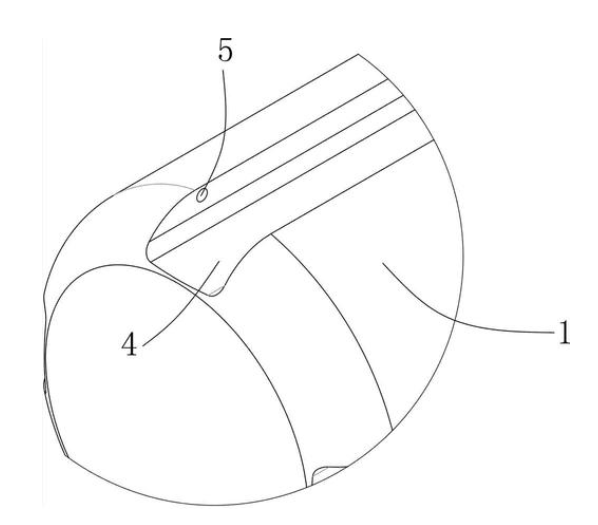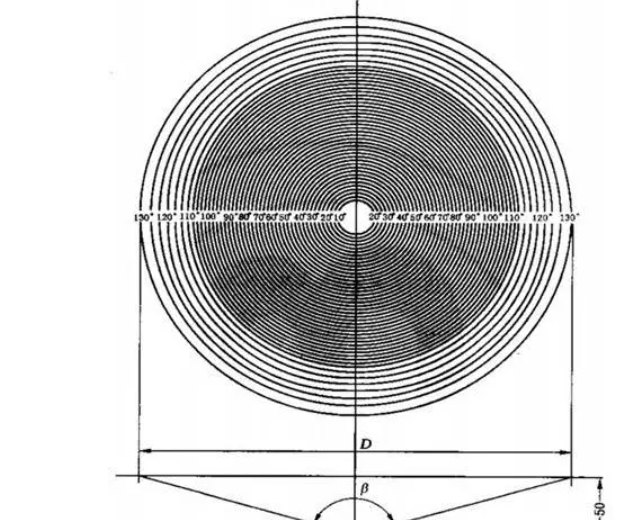1. Global market
In 2015, the global endoscope sales scale was 30.2 billion U.S. dollars, and it is expected to grow to 40.65 billion U.S. dollars by 2019, with an average compound growth rate of 7.17% from 2011 to 2015. At present, the clinical application of endoscopy is divided into two aspects: diagnosis and treatment. With the development of endoscopy technology and the continuous expansion of endoscopic treatment functions, the clinical application of endoscopy is very extensive. According to the main products and market scale of different departments The proportion is as follows (market size unit: million US dollars), of which thoracic laparoscopy has the highest proportion, reaching 30.8%, and the growth rate is the fastest. The global growth rate is expected to reach 10% from 2016 to 2020.
The global flexible endoscope industry is highly concentrated. Japanese endoscope manufacturers represented by Olympus, Fujifilm, and Pentax control the endoscope based on CCD image sensor technology. The speculum technology has thus formed a long-term market monopoly. Among them, Olympus has occupied more than 60% of the market share of the soft lens market in both foreign and domestic markets. The FDA said Olympus occupied the United States in 2018. 85% share.
2. Domestic market
According to data from the China Medical Device Industry Association, in 2011, the scale of the domestic endoscope market in China was 6.747 billion yuan. In 2015, the endoscope market reached 15.615 billion yuan. In 2017, it reached about 20 billion yuan. The compound growth rate from 2011 to 2015 was as high as 24.7. %.
At present, foreign brands occupy most of the market share in the domestic medical endoscope industry. Only a few domestic soft lens companies have a certain market reputation, such as Shanghai Aohua, Shanghai Yiguang, Shenzhen Kaili and so on. There is an all-round gap between the endoscopy technology of domestic enterprises and the leading Japanese brands. The resolution is not high, the lens service life is short, and the product sequence is small. It is also far away from soft indicators such as image processing, information extraction, and doctors' use feeling. In terms of core technologies, especially micro image sensors and control circuits, domestic companies still rely mainly on imports, with low-grade products and insufficient resolution. Domestic companies mainly rely on price advantages to attack the low-end market.
In the soft lens market, my country has been unable to master CCD technology until the emergence of CMOS technology provides another solution for the technology. Although the CMOS sensor has a gap with the CCD in terms of sensitivity and resolution, it shows strong advantages in terms of cost, power consumption, and integration difficulty. Clinical medical equipment should not only focus on pursuing the ultimate in technology, but also need to consider cost and efficiency comprehensively. There is no doubt that CMOS will be the first choice for future endoscopic image sensors under comprehensive trade-offs. In the past few years, China has made remarkable achievements in the CMOS field, and there have been global competitive manufacturers such as Spyco, Gekewei, and BYD.
In the hardware market, Karl Storz occupies 36% of the domestic market share. The core technical problem of the domestic rigid endoscope is the material and manufacturing process of the optical lens. Compared with soft lenses, the production technology of domestic hard lenses is generally more mature. Tonglu, Hangzhou is the industrial gathering place for hard lenses. Several well-known Tonglu endoscope manufacturers and Shenda endoscope products and equipment have a high reputation. The production process is similar to the style of foreign brands, and the clinical feedback is good, but the problem is that the domestic brand lenses have poor durability and short service life.
发送反馈
历史记录
![]() Phone Number:0755-26943630
Phone Number:0755-26943630![]() Phone Number:0755-26943630
Phone Number:0755-26943630






![]()
